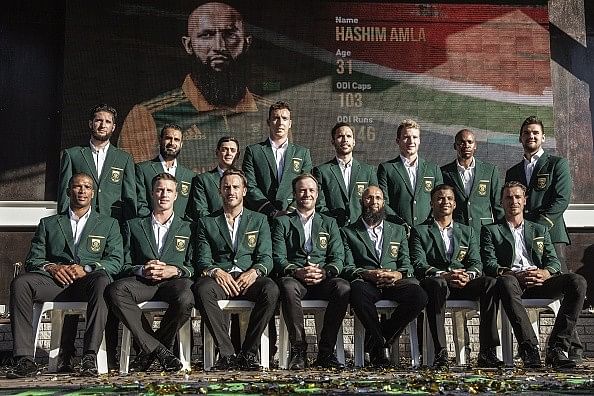
How justified is the quota system in South African cricket?

The quota system in South African cricket has for long been a debate among critics and fans alike; many have questioned whether or not the selection process is just. But many do not fully understand from where the profound history that shadows South Africa and South African cricket stems.
In 1970, the International Cricket Council (ICC) suspended Cricket South Africa (CSA) because of the country’s race-based government stance. Apartheid was a racial segregation system that took place in South Africa for nearly five decades and deprived all non-white citizens.
In the apartheid regime, the government segregated everything, from education to housing to transportation to beaches. The government effectively stipulated that white people were superior to others, and in cricket, only a white South African cricket team could play against white nations, such as England, Australia and New Zealand.
During the struggle, emigration of players was significant and detrimental to the development of cricket and the country overall. Players such as Kepler Wessels and Allan Lamb went to play respectfully for Australia and England, before returning home after the deconstruction of apartheid.
Since being reinstated as a Test playing nation in 1991, CSA have enforced that the team integrate players of colour – and thus began the quota system. However, the quota system hasn’t always been effective and has shunned many talented players, forcing them to move to other cricket playing nations.
Exhibit A – Kevin Pietersen, the excellent top-order batsman, left his native country after being put at a disadvantage thanks to the quota system. As we all know, Pietersen went on to become one of the best batsmen in the world representing England.
Another example of being sidelined by the quota system is the all-rounder Roelof van der Merwe, who recently left South Africa, obtained a Dutch citizenship and donned the orange jersey for the 2015 World T20 Qualifiers.
The quota system is not only responsible for emigration, but it also influences the selection of the playing XI. Although I’m pretty sure it’s been happening for years prior to this, but one of the prime examples of that happened in 2008, when South African fast bowler Charl Langeveldt was controversially picked ahead of André Nel for a tour to India. According to Cricinfo, Nel was named for selection but was ultimately replaced by Langeveldt for his colour rather than his performance. Langeveldt pulled out of the tour and signed as a Kolpak player in England.
Fast forward to 2015, and one of the most important games in South African cricket history – the World Cup semi-final against New Zealand – was faced with backlash off and on the field. This time fast bowler Vernon Philander was included at the expense of the then in-form Kyle Abbott.
Philander was selected because the board insisted that a black player needed to be included in the knockout semi-final. The outcome led to South Africa being renounced as chokers again (even though we didn’t choke) and Philander bagging no wickets, with no argument for his inclusion.
In the aftermath of the loss and controversial selection, CSA revised the quota system, two decades after the fall of apartheid, by forcing all six South African franchise teams to field six players of colour with three being black. CSA chief executive Haroon Lorgat said that the quota system will broaden the community and demographic of cricket in South Africa.
Taking all of this in, how justified is the quota system? Here are arguments for and against the racial transformation:
For:
Against:
As you can see, I’m fully against it as I’m sure many South African fans are too. It’s unsettling as this is basically reciprocating the apartheid regime that many have fought to demolish. Although I’m all for encouraging more diversity into the team, the way CSA has handled it and approached it makes this a sensitive issue in South African sport today.
A team should be selected based on talent and nothing more. Period.